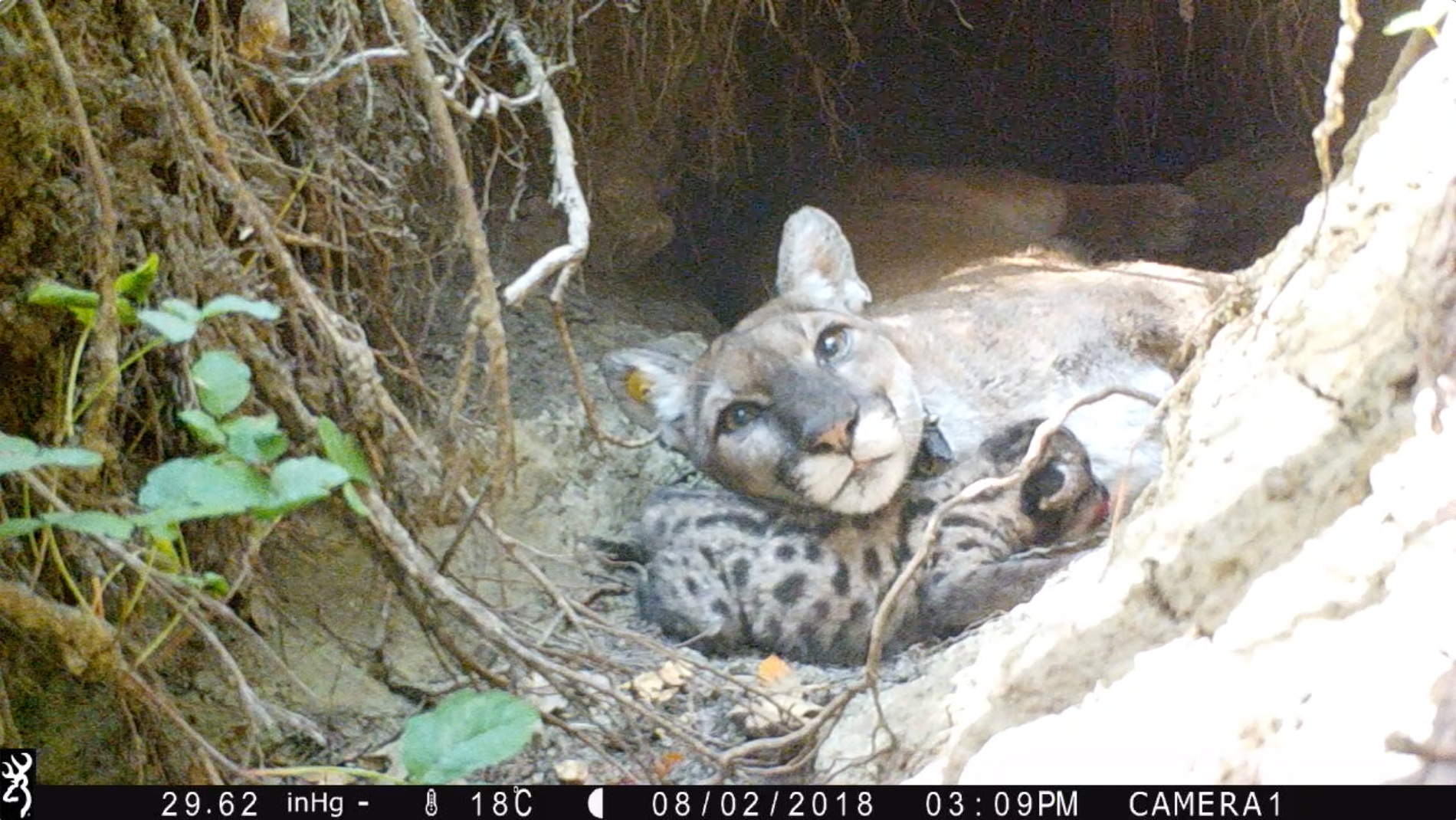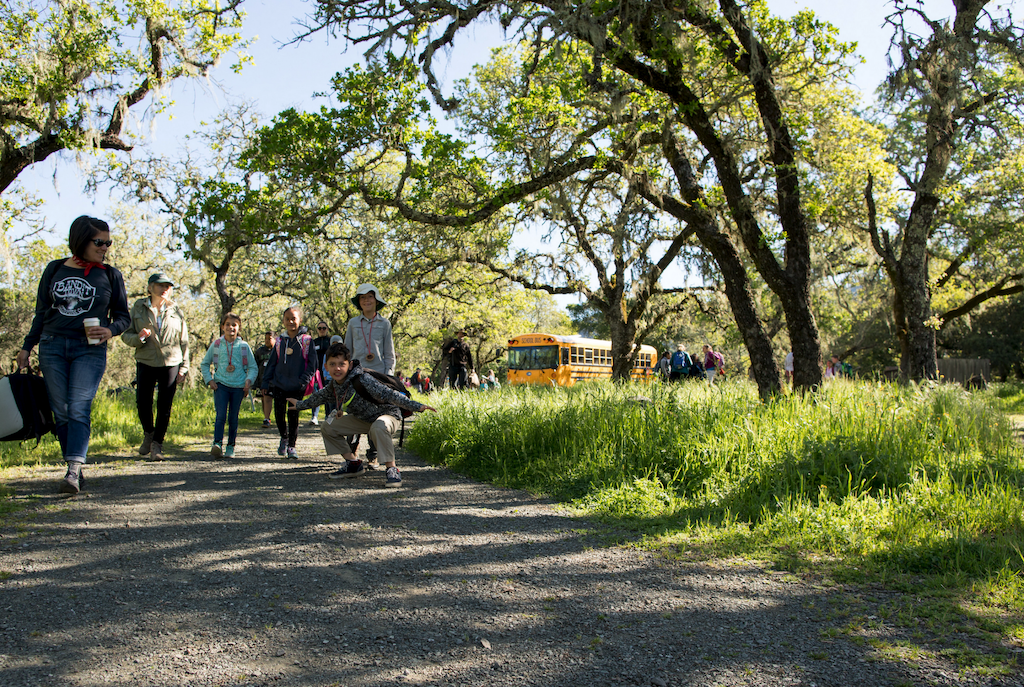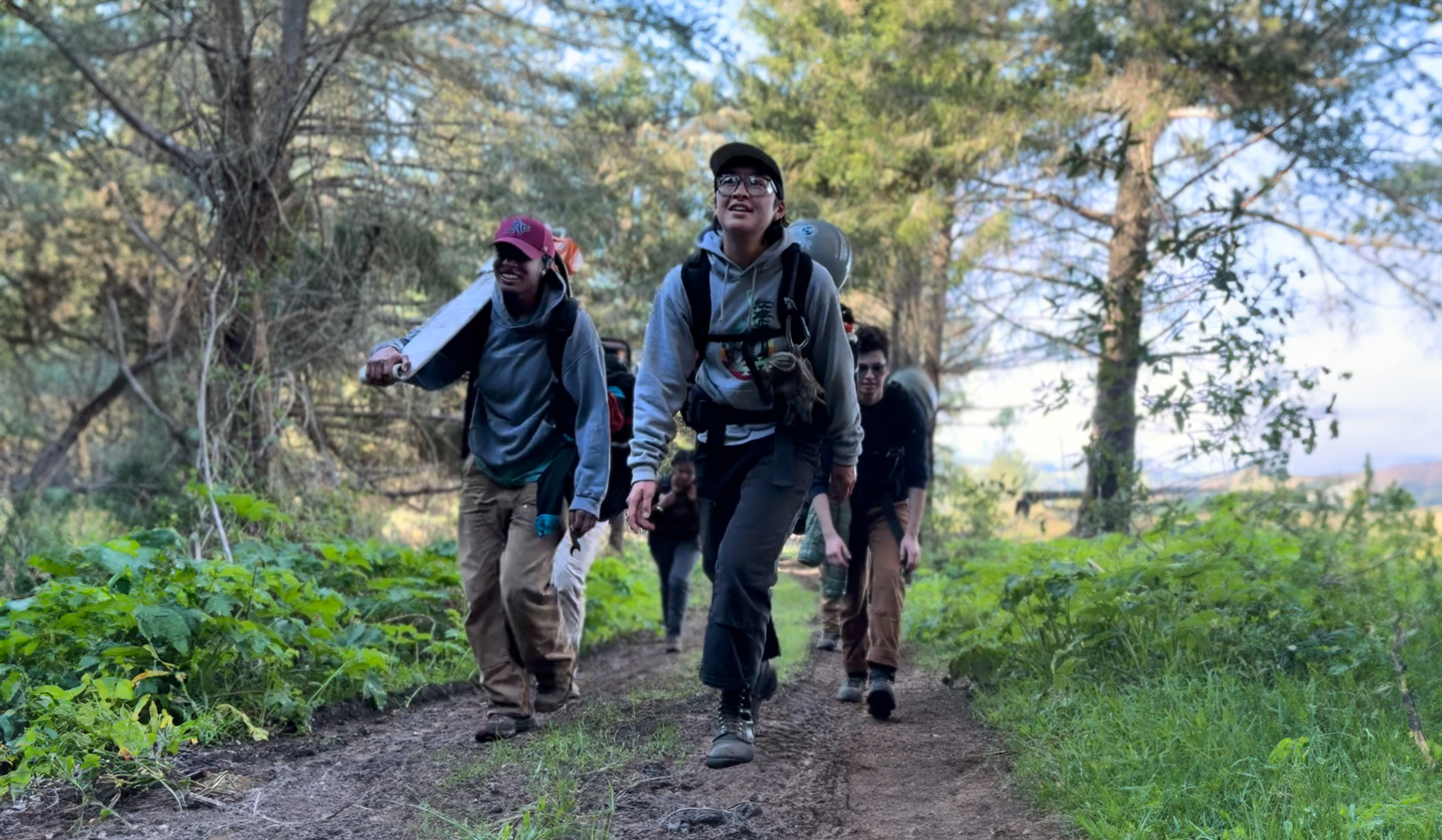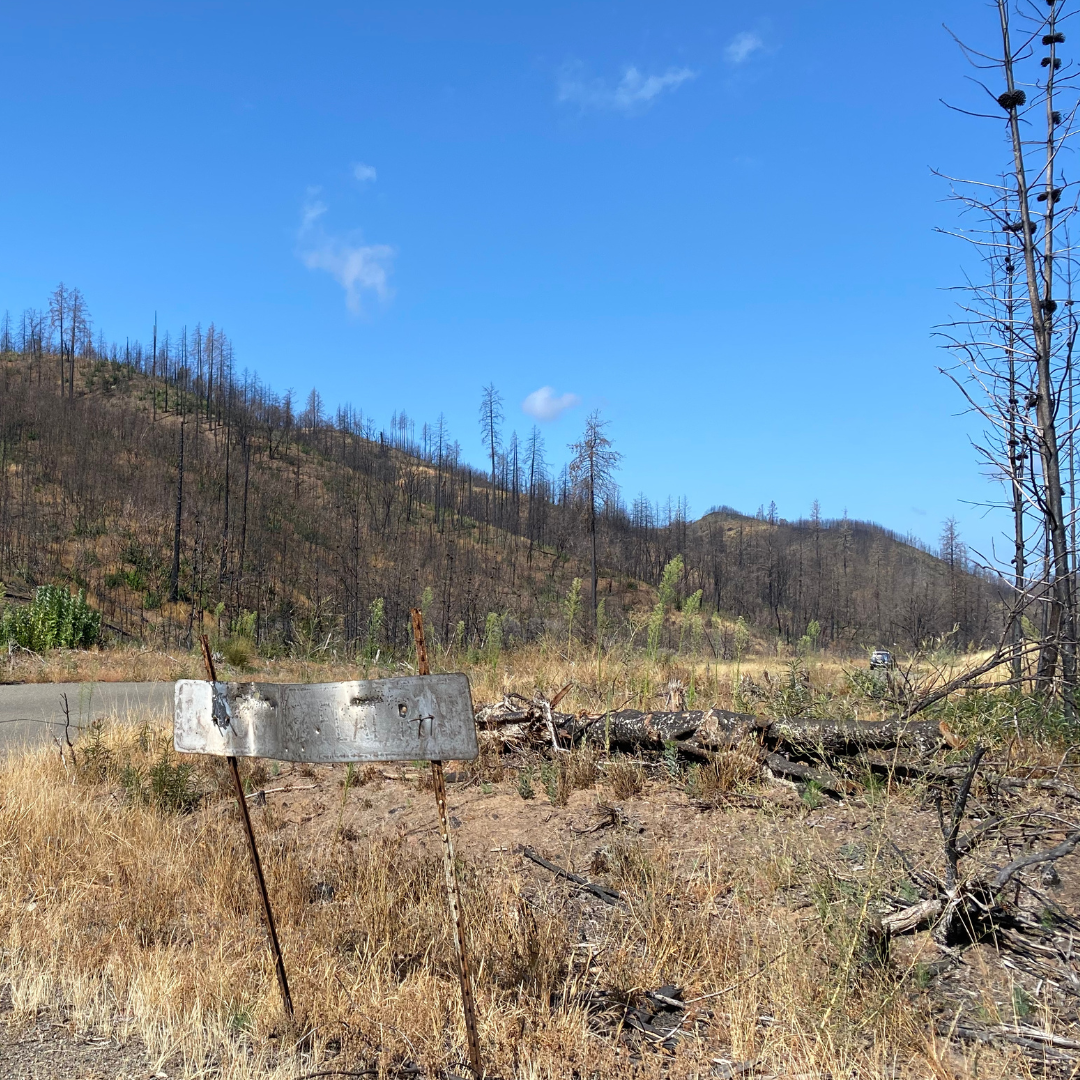We recently learned that one of the mountain lions collared and tracked for our Living with Lions project, P1, was put down last week by state biologists after an attack on family pets and livestock in the Bennett Valley area of Sonoma County. While we are saddened by this news, we believe that lethal removal of P1 was the right course of action.
“Clearly, something was wrong with P1. She was very old for a mountain lion which may have led to issues related to aging including tooth wear, slowed responses, weakened senses, and possibly other health issues. In recent weeks, she was more willing to put herself near human activity with people having frequent sightings of her, as well as feeding almost exclusively on livestock, all of which is very unusual behavior,” Living with Lions principal investigator Dr. Quinton Martins wrote to us earlier this week, noting, for example, that her data points showed her walking along highway 12 for nearly a mile one night in late-November.

The Living with Lions project began in 2016 with the capture of P1 in the Glen Ellen area
Living with Lions a collaboration between Audubon Canyon Ranch and True Wild. The goals of the project are to study the population dynamics of mountain lions living in the North Bay by tracking their movements and to assist residents to coexist with lions and other wildlife.
Data collected in our study also contribute to a statewide population survey of mountain lions managed by California Department of Fish and Wildlife (CDFW).
A question that comes up regularly is whether our staff can, in real-time, warn a community that a lion is nearby, or in the case of conflict, remove or kill the lion. We rarely get real time information from the GPS collars due to a 2-hourly collar acquisition rate and 8-24-hourly satellite download attempts; as such, the data are downloaded hours to days later. Importantly, we have no authority to manage wildlife. The CDFW manages human/wildlife conflicts and life-threatening situations should be reported to 911.
We report all our findings to CDFW, and as in the case of P1, we inform CDFW when we are concerned about lion behaviors, including increased or abnormal encounters with residents, location data, and diet data.
Mountain lions are naturally afraid of humans. If you are approached by a mountain lion, yell, wave your arms, look large. Do not turn your back or run.
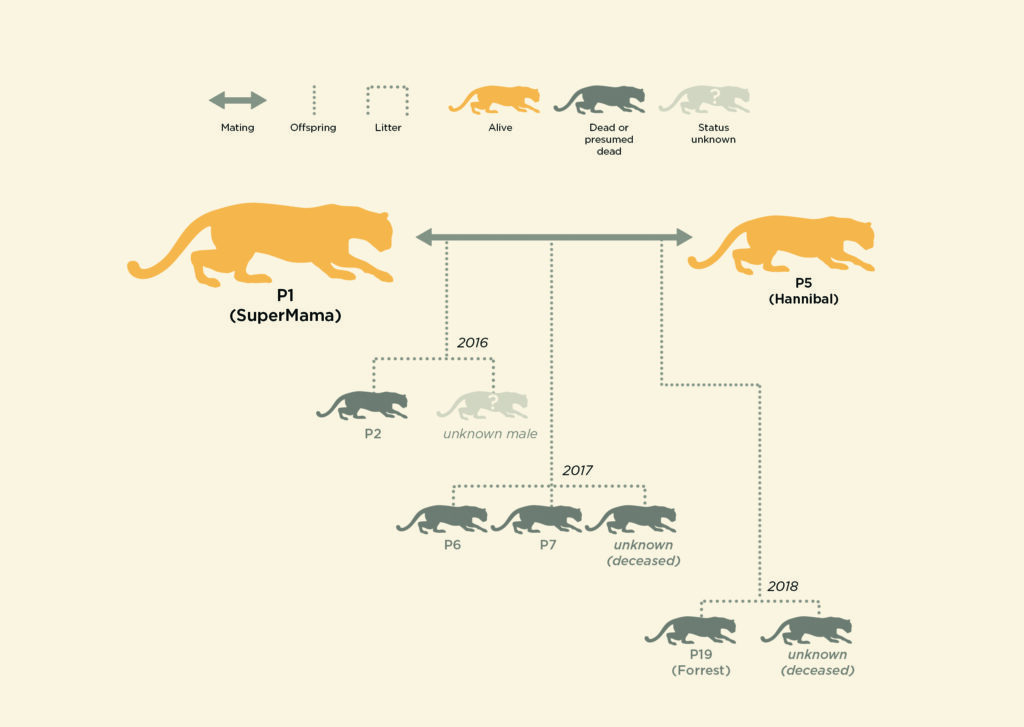
Some top takeaways about P1
P1 was estimated to be about 15-16 years old — a rare age among wild mountain lions; while we tracked her, she reared 3 litters of kittens, none of which survived to sexual maturity (about 3 years old); one of her offspring traveled as far away as Vacaville and crossed highway 80 several times; she was recently documented sharing a meal with another non-family member lion, which was, again, a rarely observed occurrence among mountain lions.
P1 was a remarkable lion and we’ve all learned so much from her.
Learn more about the Living with Lions program at https://egret.org/living-with-lions/
Are you experiencing a mountain lion/livestock conflict in the North Bay? Visit https://www.truewild.org/ for more information.
